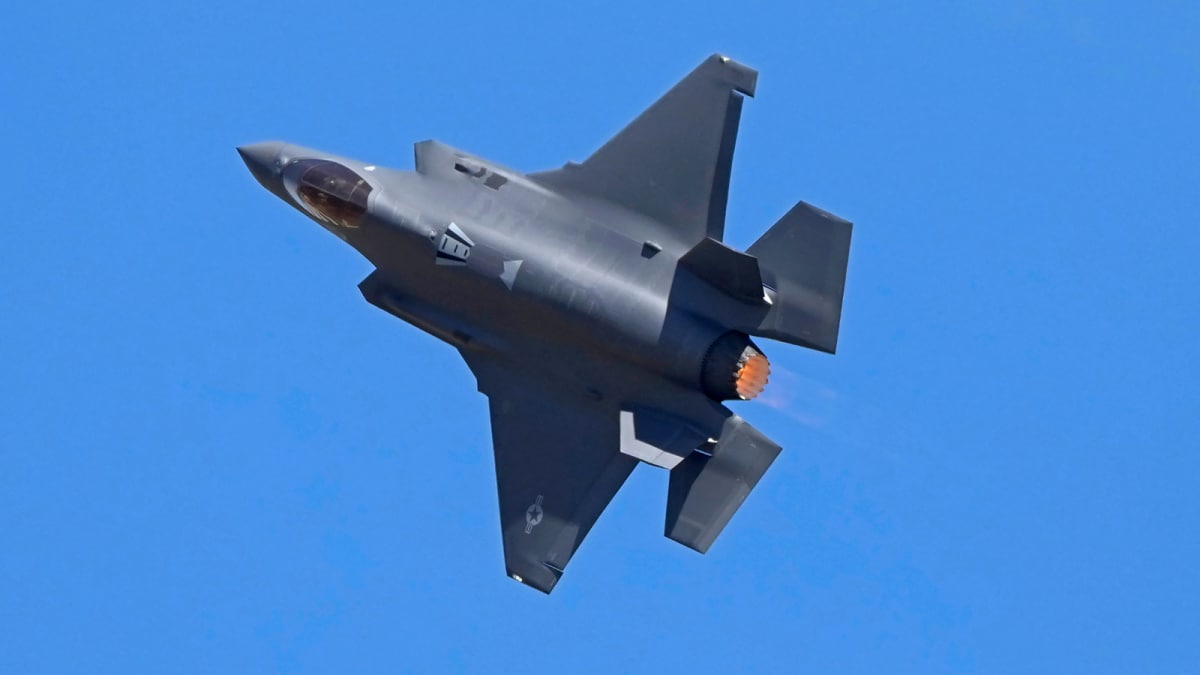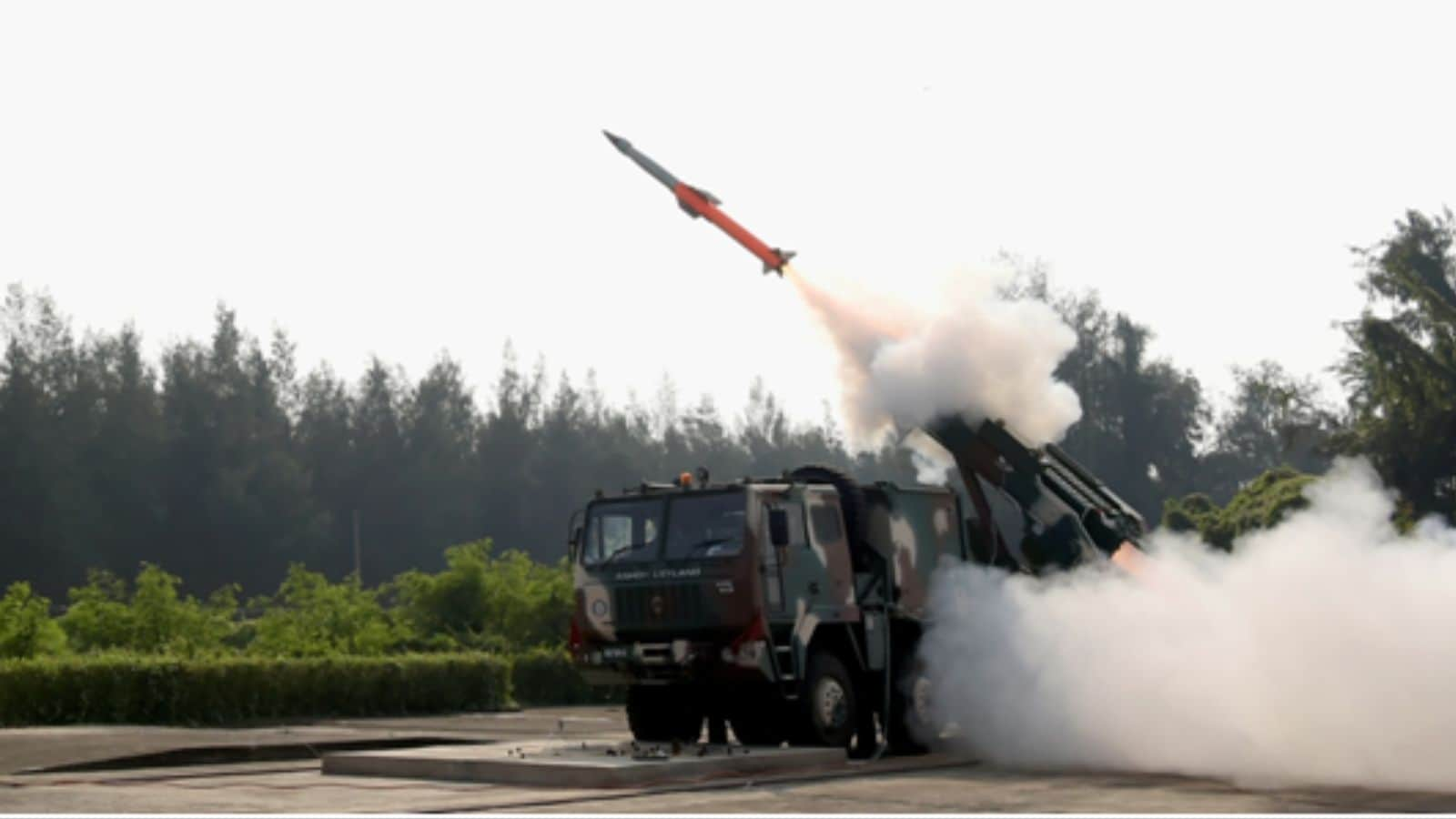ARTICLE AD BOX
Last Updated:August 02, 2025, 13:54 IST
As Trump orders US nuclear submarines into position, a closer look at the US vs Russia submarine power race, from fleet size to nuclear deterrence and strategic deployment

The US Ohio-class ballistic missile submarine (L) and Russia's Knyaz Pozharsky nuclear-powered ballistic missile submarine (R). (Image: Reuters)
A Cold War-era chill returned this week when former Russian President Dmitry Medvedev responded to Donald Trump’s economic taunts with a nuclear-laced warning referencing the Soviet “Dead Hand" system—a semi-automated protocol that could launch retaliatory strikes even if Russian leadership were wiped out. Within hours, Trump ordered the movement of two US nuclear submarines to undisclosed “appropriate regions," triggering sharp warnings from Russian lawmakers.
One MP, Viktor Vodolatsky, claimed Russia already had more nuclear submarines deployed in the world’s oceans than the United States and asserted that the US submarines had long been “under their control."
With submarine fleets once again at the heart of geopolitical theatre, here’s how the United States and Russia compare in underwater firepower and capability.
Submarines: America Has More, Russia Isn’t Far Behind
While precise numbers vary slightly across sources, most recent assessments suggest that the United States has a slight lead. According to GlobalFirePower data from 2025 (cited by 1945), the US operates around 70 submarines, while Russia has approximately 63–64. Newsweek, citing the Nuclear Threat Initiative, reported a total of 64 subs for the US and 58 for Russia in 2023.
The gap may seem minor, but it’s how these submarines are used, where they’re positioned, and what they carry that reveals the real power dynamic.
The US Navy’s subs are spread across the globe, patrolling the Atlantic, Pacific, and Indian Oceans. They’re also frequently involved in surveillance, anti-submarine warfare, and strategic partnerships such as AUKUS.
Russia, meanwhile, concentrates its deployments in the Arctic, North Atlantic, and Pacific theatres. In recent years, Russian submarines have also been spotted near NATO coastlines and even off the US coast, a move Western analysts say resembles Soviet-era tactics.
Nuclear Deterrent: Who Has The Stronger Hand?
Both the US and Russia rely heavily on ballistic missile submarines to maintain their nuclear deterrent. These submarines are often called “boomers" and are built not for speed or confrontation, but for one purpose: staying hidden long enough to retaliate in case of nuclear war.
United States
The US Navy currently operates 14 Ohio-class SSBNs (ballistic missile submarines), each capable of launching up to 20 Trident D5 missiles, which can carry multiple thermonuclear warheads. These vessels are designed for stealth and endurance, capable of remaining submerged for months and operating without overhaul for up to 15 years.
In addition, four Ohio-class submarines have been modified into SSGNs, equipped not with nuclear warheads, but with Tomahawk cruise missiles carrying conventional payloads.
Russia
Russia’s nuclear deterrent at sea is anchored by its Borei-class and Delta IV-class submarines. As per NDTV, Russia currently has eight Borei-class SSBNs in service, with three more expected to join soon. Each can carry 16 Bulava intercontinental ballistic missiles and is equipped with torpedo launchers and anti-submarine rocket capabilities.
The older Delta IV-class submarines, once the workhorses of Russia’s deterrent fleet, remain operational, with at least six still in service. They carry Sineva SLBMs and continue to supplement Russia’s evolving sea-based nuclear shield.
Fast-Attack Submarines: Who’s More Advanced?
Beyond nuclear deterrence, fast-attack submarines do the heavy lifting: tracking enemy vessels, gathering intelligence, and supporting military operations.
US Fast-Attack Submarines
America operates three classes of nuclear-powered fast-attack submarines:
- The Virginia-class: The most modern and versatile, with enhanced surveillance systems, special operations support, and Tomahawk missile capability.
- The Los Angeles-class: First introduced in the 1970s, these still form a large part of the US fleet and have been upgraded over time.
- The Seawolf-class: Limited to just three boats due to high cost, but known for stealth and heavy firepower.
Together, these submarines give the US Navy unmatched global reach, capable of responding quickly to conflicts across multiple oceans.
Russian Fast-Attack Submarines
Russia has made rapid strides in modernising its own attack fleet, especially with the Yasen-M class.
These newer submarines are smaller than their predecessors, quieter, and more advanced. They’re believed to carry Kalibr cruise missiles, Oniks anti-ship missiles, and may soon be capable of firing hypersonic Tsirkon missiles, a potential game-changer if confirmed.
Russia also continues to operate Akula-class submarines, introduced in the 1980s. Though older, these have been significantly upgraded and remain part of Russia’s active attack fleet.
What Sets The US Apart?
America’s advantage isn’t just in numbers; it lies in deployment, endurance, and integration.
US submarines are built for long-range missions and global operations. Many are powered by life-of-core nuclear reactors, which allow them to operate for decades without needing refuelling. They’re also equipped with advanced sonar systems, such as the Large Aperture Bow array, giving them superior tracking and detection ability in deep waters.
In terms of strategic posture, US submarines are built to support global stability, often deployed alongside or in support of NATO and Indo-Pacific allies.
Where Russia Is Catching Up Fast
Russia is catching up fast, both technologically and industrially. Its submarine programme is not what it was in the chaotic 1990s. In recent years, it’s bounced back.
The Yasen-M class submarines are widely seen as a credible response to the Virginia class. These vessels also feature life-of-core reactors, and Russia has adopted conformal sonar arrays similar to those found on newer US submarines.
According to Newsweek, Russia’s Sevmash shipyard is delivering 1–2 nuclear submarines per year, despite sanctions and the economic toll of the Ukraine war. President Putin personally attended the launch of the Alexander III Borei-A submarine in late 2023, and more are on the way.
If current trends continue, Russia’s undersea modernisation may significantly narrow the capability gap in the coming years.
The Trump–Medvedev Flashpoint: Why Submarines Are Suddenly in the Spotlight
While these undersea comparisons have been playing out over years, it was a single exchange this week that brought them back to the front pages.
Former Russian President Medvedev warned of the Soviet-era “Dead Hand", a nuclear retaliation system designed to fire even if Russia’s leadership were destroyed. Trump hit back by ordering American nuclear submarines to be repositioned, a move both symbolically and strategically bold.
It remains unclear whether these are Ohio-class subs capable of nuclear strikes, or Virginia or Los Angeles-class fast-attack submarines. But either way, the order breaks tradition. The US rarely, if ever, announces submarine movements publicly.
That makes Trump’s declaration stand out, and raises questions about how seriously each side is now taking its underwater advantage.
So, Who Wins?
In pure numbers and global reach, America currently leads. It operates more submarines, has broader deployment capabilities, and retains a technological edge in sonar, endurance, and integration with global allies.
But Russia isn’t far behind, and in some areas, like hypersonic missile development and next-gen reactor design, it may soon pull ahead. Its newer Yasen-M and Borei submarines reflect how quickly Moscow is modernising, and their increasing presence near NATO waters, as noted by Western analysts, suggests a shift in posture.
The difference lies in strategic focus. The US Navy is built for global operations and sustained presence, while Russia’s submarine force is increasingly focused on strategic signalling. In a world where conflict can escalate rapidly, both fleets are powerful, but designed to project strength in different ways.

Karishma Jain, Chief Sub Editor at News18.com, writes and edits opinion pieces on a variety of subjects, including Indian politics and policy, culture and the arts, technology and social change. Follow her @kar...Read More
Karishma Jain, Chief Sub Editor at News18.com, writes and edits opinion pieces on a variety of subjects, including Indian politics and policy, culture and the arts, technology and social change. Follow her @kar...
Read More
- Location :
- First Published:
August 02, 2025, 13:52 IST
News explainers US Vs Russia Submarine Power: As Trump Deploys Nuclear Subs, Who Really Rules The Depths?
Disclaimer: Comments reflect users’ views, not News18’s. Please keep discussions respectful and constructive. Abusive, defamatory, or illegal comments will be removed. News18 may disable any comment at its discretion. By posting, you agree to our Terms of Use and Privacy Policy.
Read More



.png)
.png)
.png)
















 8 hours ago
7
8 hours ago
7









 English (US) ·
English (US) ·